| Intermediaries are entities that store or transmit data on behalf of other persons and include telecom and internet service providers, online marketplaces, search engines, and social media sites |
|---|
Also Read: IT Act and Social Media Leaks, Further Reading: Deepfake Technology
News Source: The Hindu
| The Social cost of carbon: It estimates the future costs of societies from the emission of one additional tonne of carbon dioxide into the atmosphere and is a crucial metric informing climate policies. |
|---|
Also Read: Cyclone Midhili
Source: Down to Earth
NASA’s Psyche Mission:
|
|---|

Source: Indian Express
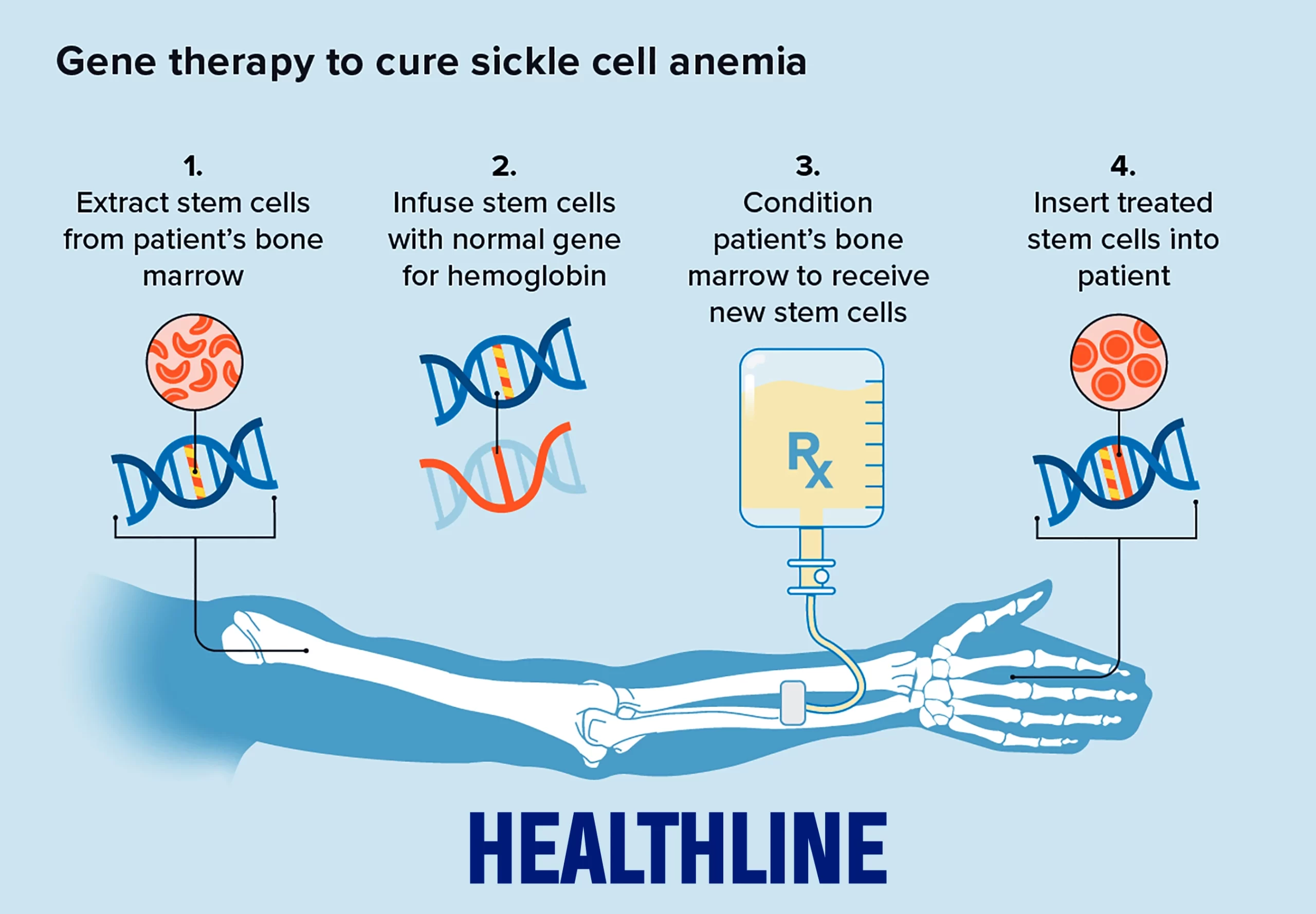
Gene Therapy:
Gene Editing:
About CRISPR-Cas9:
|
|---|
|
|---|
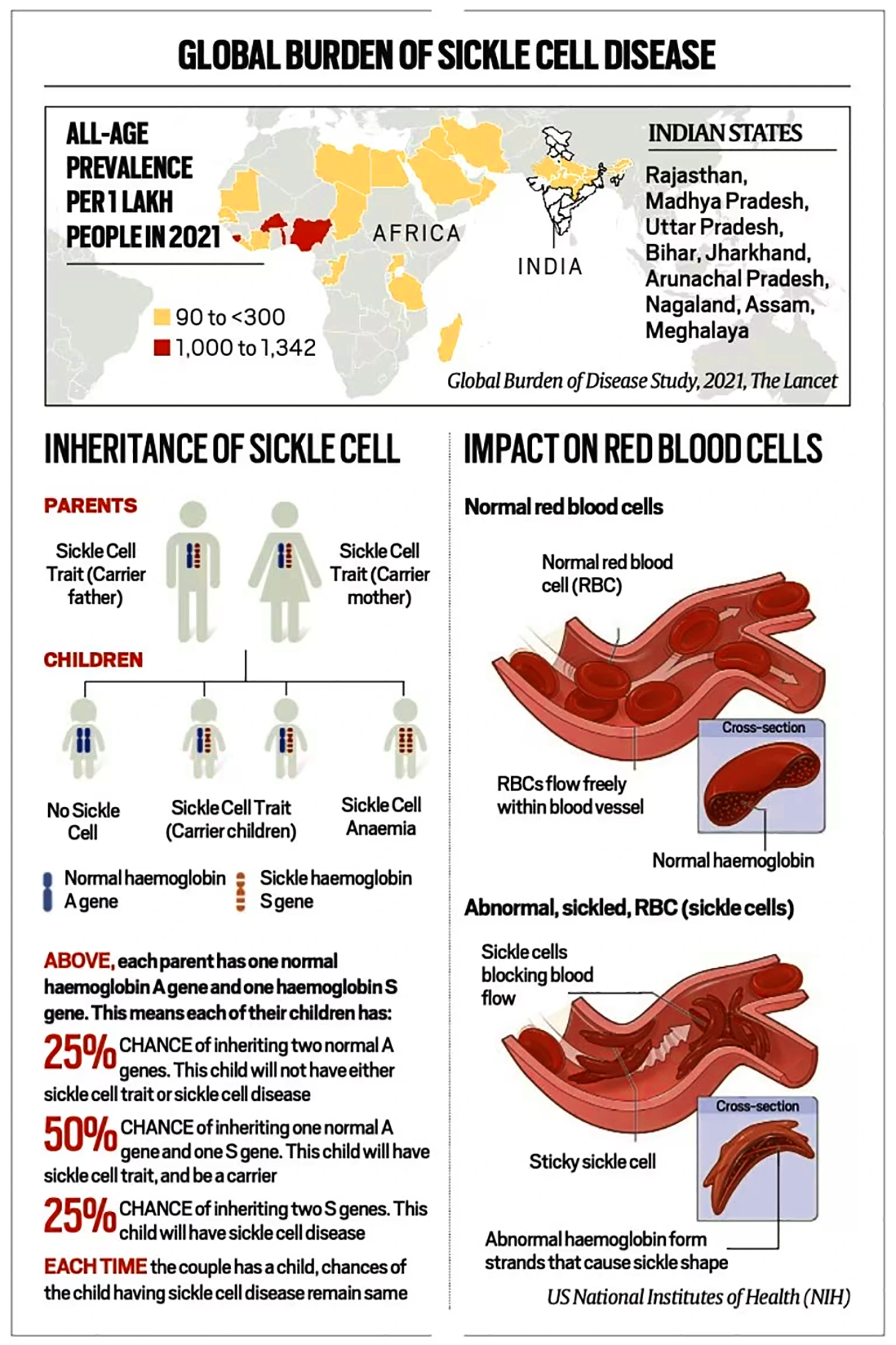
Source: Indian Express
EU-India Trade and Technology Council (TTC)
|
|---|
Semiconductors:
|
|---|
PLI Scheme for Semiconductor:
|
|---|
Further Reading: Semiconductor Manufacturing, India’s First Semiconductor Memory Chip
Source: Financial Express
Section 24 of the RTI Act:
|
|---|
| Other 26 intelligence and security organizations are: the Intelligence Bureau; Research and Analysis Wing, Directorate of Revenue Intelligence, Central Economic Intelligence Bureau, Central Bureau of Investigation, Narcotics Control Bureau, Special Frontier Force, Border Security Force, Directorate of Enforcement,Central Reserve Police Force; Indo-Tibetan Border Police, Central Industrial Security Force, National Security Guards; Assam Rifles, Sashtra Seema Bal, Directorate General of Income-tax (Investigation), National Technical Research Organisation, Financial Intelligence Unit Special Protection Group, Defence Research and Development Organisation, Border Road Development Board, National Security Council Secretariat, National Investigation Agency, National Intelligence Grid, and Strategic Forces Command. |
|---|
Vision: Proactive Contribution in Securing India’s Cyberspace.
Mission: To enhance the security of India’s Communications and Information Infrastructure through proactive action and effective collaboration.
Functions: The Information Technology (Amendment) Act 2008, designated CERT-In to serve as the national agency to perform the following functions in the area of cyber security:
Also Read: Right to Information Act-2005
Source: Indian Express
Other Projects:
|
|---|
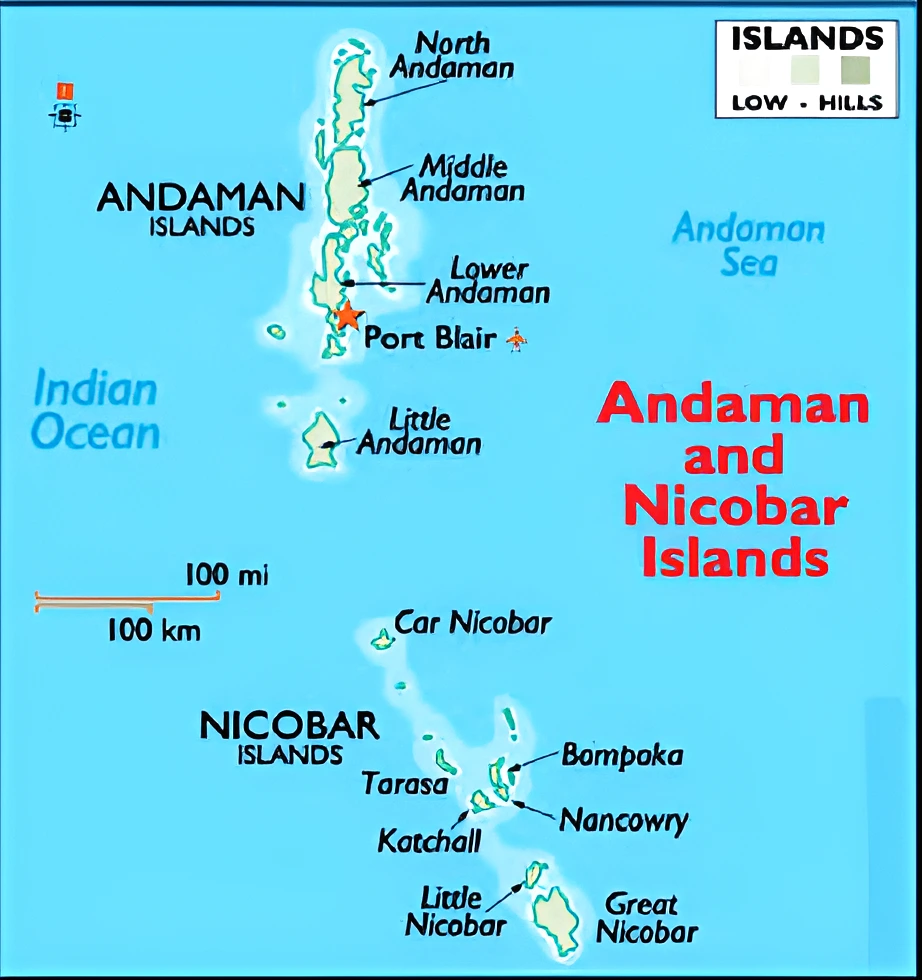
Further Reading: International Transhipment Port project at Great Nicobar Island.
News Source: TH
For Further Reading: Sub-Categorisation of Scheduled Caste
News Source: TH
Facilitating Adoption of Trading Plans: It recommended reducing the minimum cooling-off period between the disclosure and implementation of the trading plan from six months to four months.
Trading Plan Framework:
|
|---|
News Source: Indian Express
News Source: Indian Express
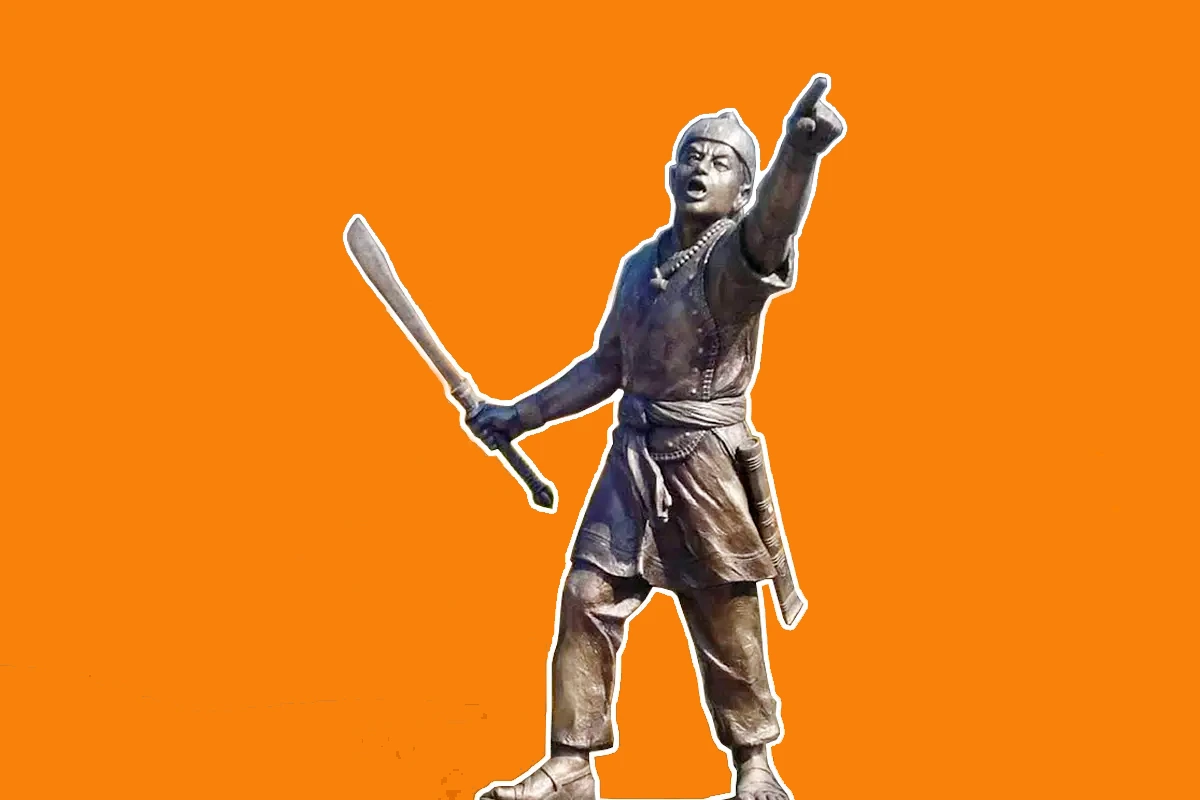
News Source: PIB
Climate change and Indian agriculture:
|
|---|
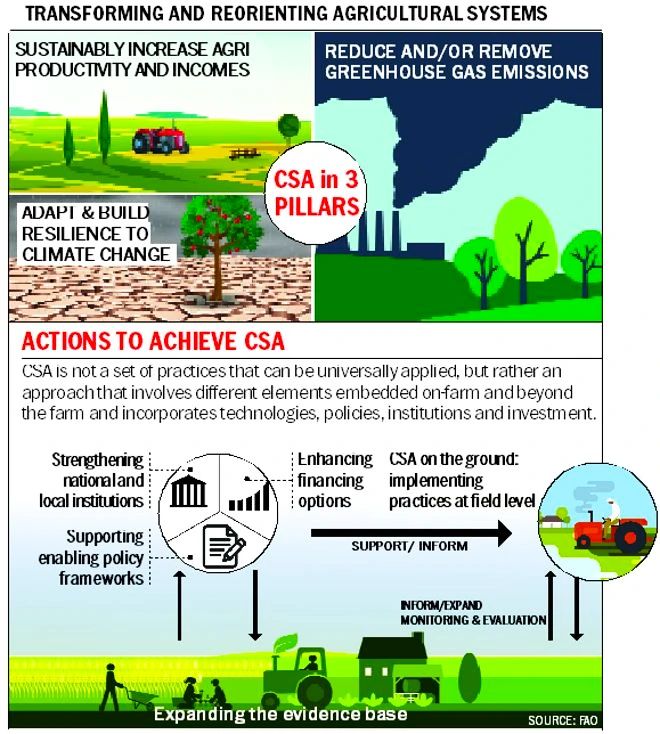
Also Read: State Of Food And Agriculture Report 2023
Key Government Initiatives on Climate smart agriculture:
|
|---|
Climate Smart Agriculture is crucial for India, offering a sustainable solution to the threats of climate change and food shortages through innovative practices and government initiatives.
| Prelims Question (2020)
In the context of India, which of the following is/are considered to be practice(s) of eco-friendly agriculture? 1. Crop diversification 2. Legume intensification 3. Tensiometer use 4. Vertical farming Select the correct answer using the code given below: (a) 1, 2 and 3 only (b) 3 only (c) 4 only (d) 1, 2, 3 and 4 Ans: (d) |
|---|
Also Read: Banking Sector of India
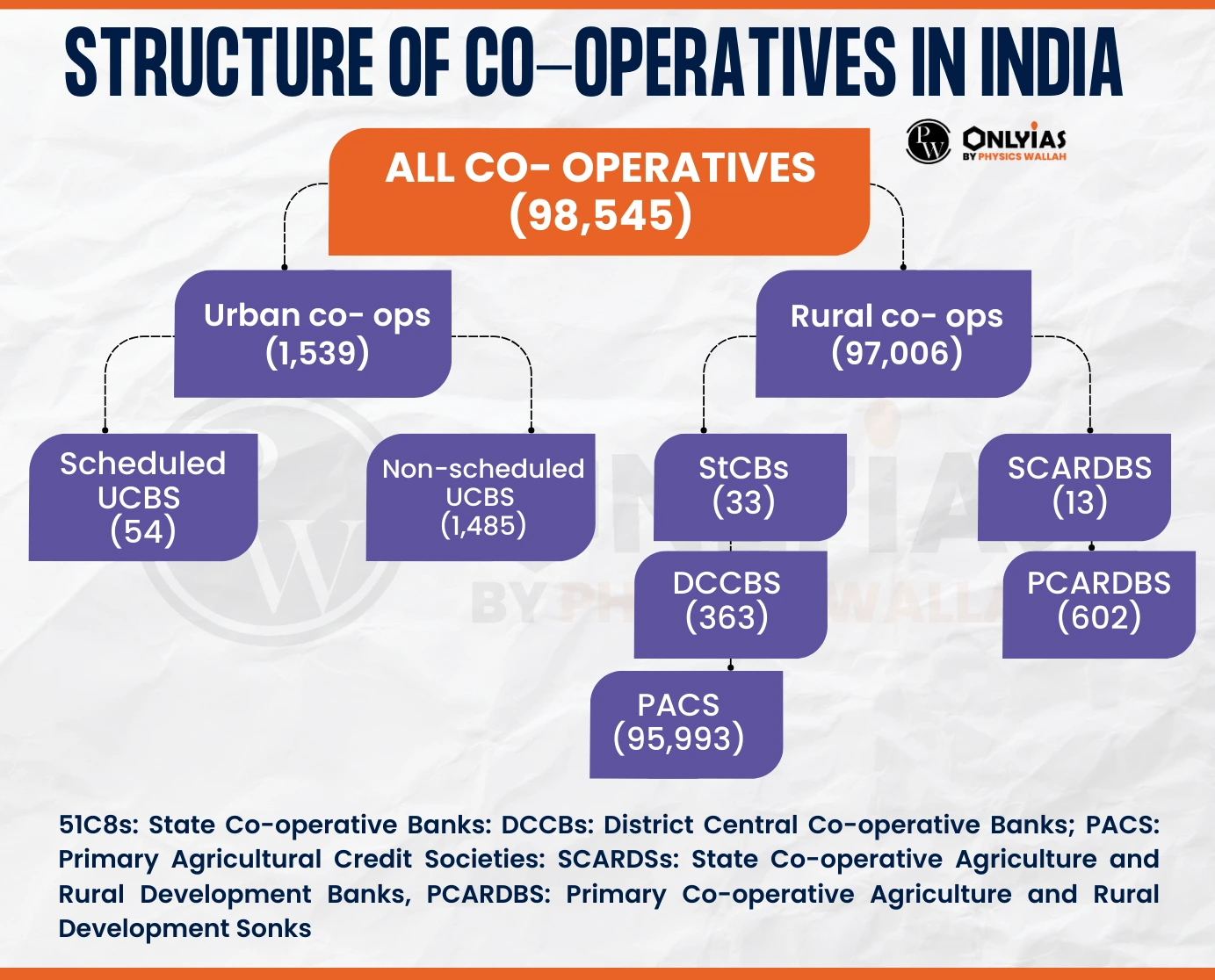
| N S Vishwanathan Committee Suggestions:
In February 2021, the RBI constituted an Expert Committee on Primary (Urban) Co-operative Banks chaired by N S Vishwanathan, former RBI Deputy Governor.
|
|---|
RBI Recommendations for Cooperative Banks:
|
|---|
RBI Measures Introduced After Collapse of PMC Cooperative Banks:
|
|---|
Addressing governance issues, enhancing financial performance, and embracing regulatory reforms are imperative for the sustainable growth and stability of Urban Cooperative Banks, as emphasized by recent RBI interventions and recommendations.
| Prelims Question (2021)
With reference to ‘Urban Cooperative banks’ in India consider the following statements: 1. They are supervised and regulated by local boards set up by the State Governments. 2. They can issue equity shares and preference shares. 3. They were brought under the purview of the Banking Regulation Act, 1949 through an Amendment in 1966. Which of the statements given above is/are correct? (a) 1 only (b) 2 and 3 only (c) 1 and 3 only (d) 1, 2 and 3 Ans: (b) |
|---|
SC Verdict on Newsclick Shows Adherence to Due Pro...
Stay Invested: On Chabahar and India-Iran Relation...
Credit Rating Agencies, Impact on India’s De...
Catapulting Indian Biopharma Industry
Globalisation Under Threat, US Import Tariffs Have...
Global Report on Hypertension, Global Insights and...
<div class="new-fform">
</div>
